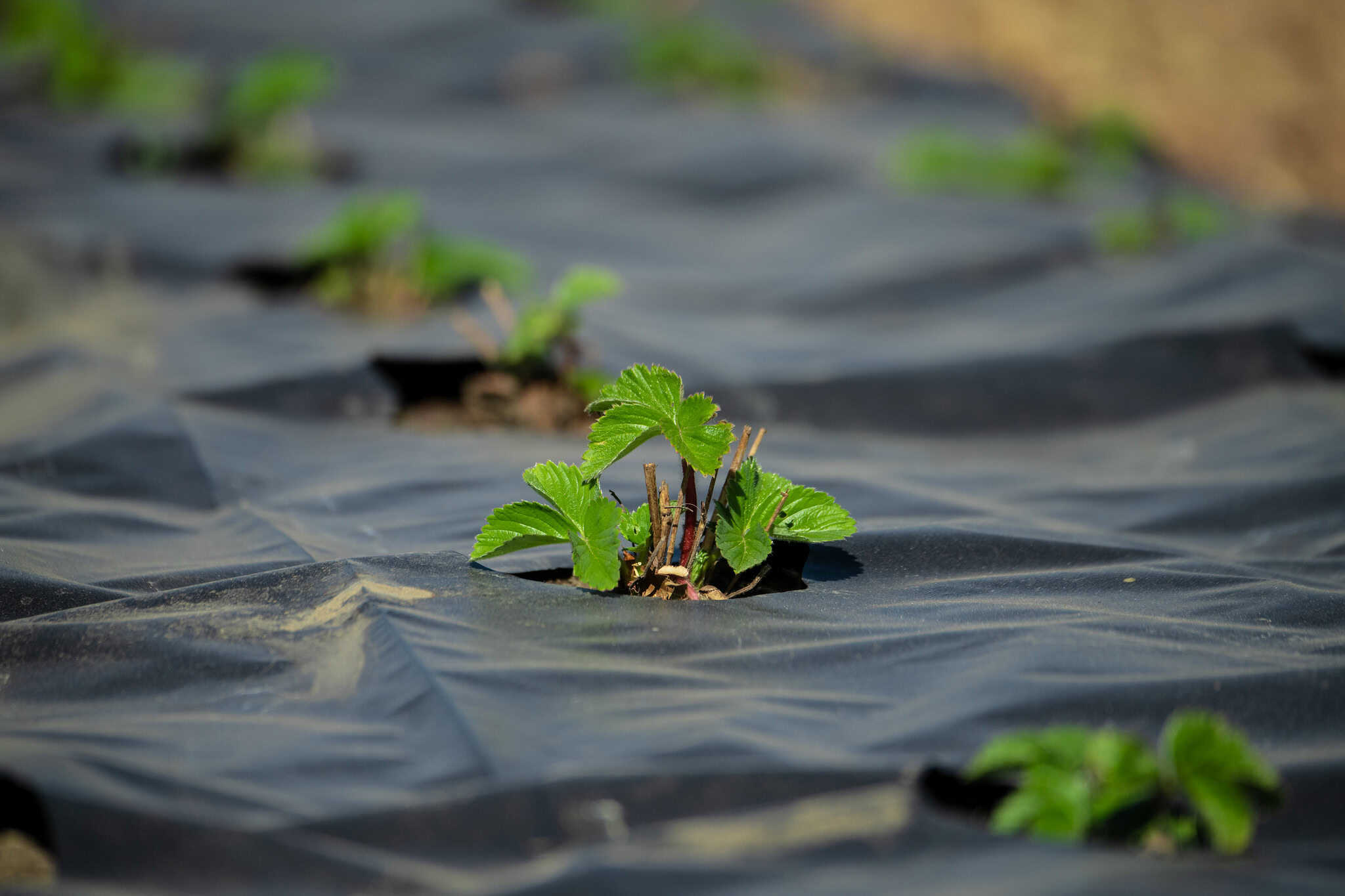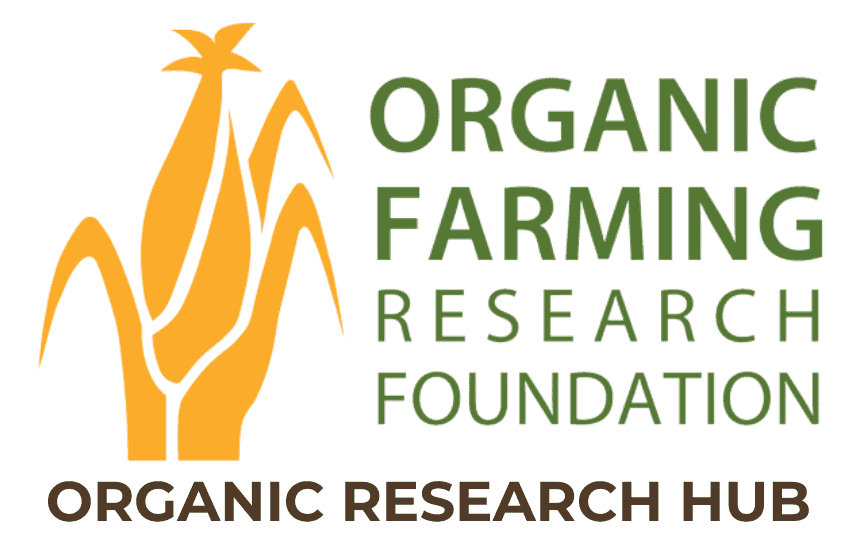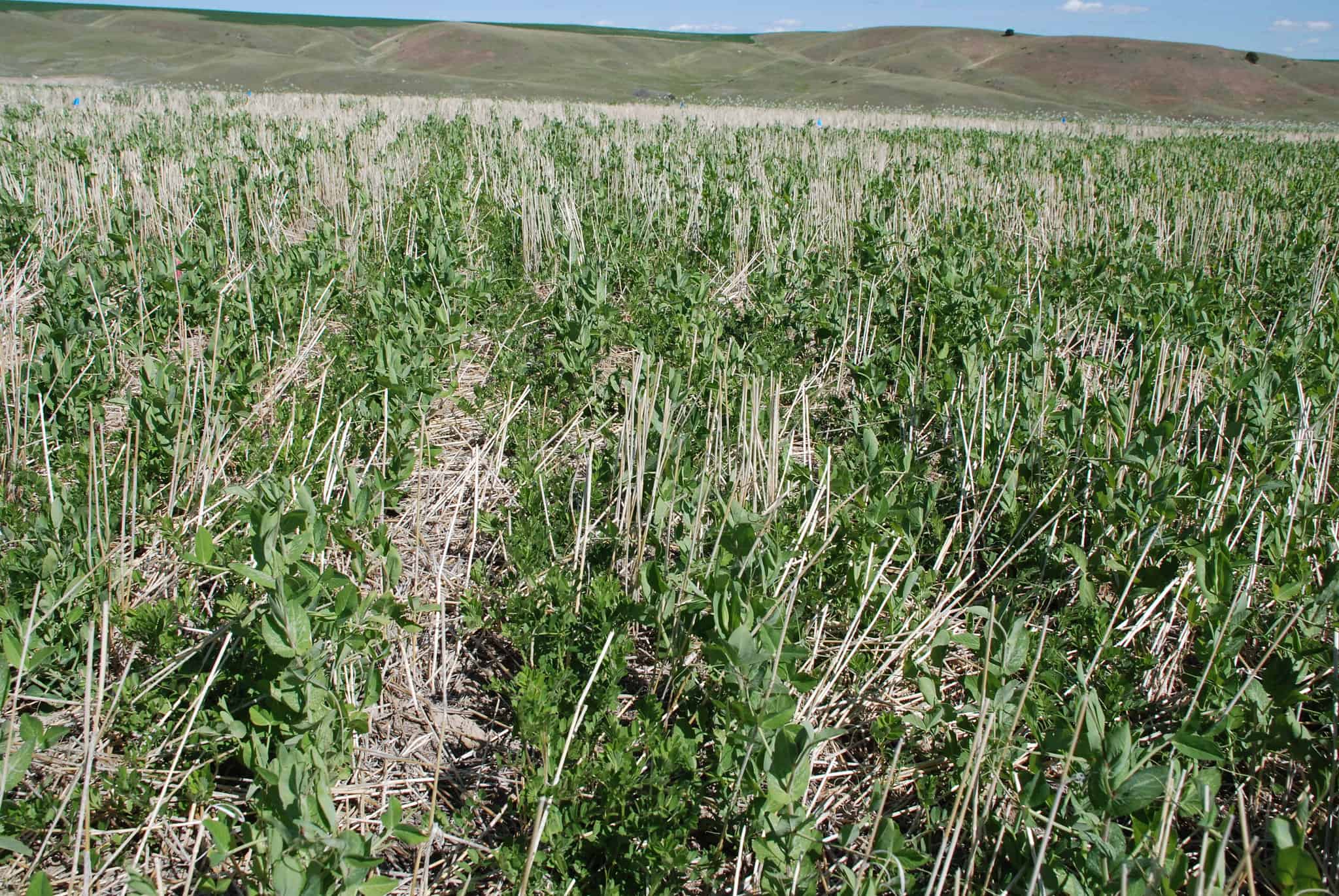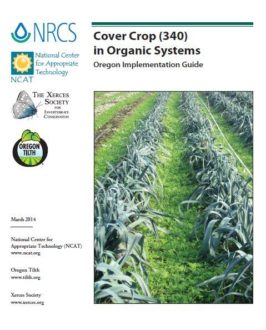Control of the western tarnished plant bug in an organic strawberry production system using trap crops, mass-released parasitoids, and tractor-mounted vacuums
Sean Swezey, University of California, Santa Cruz

Central Coast California strawberry growers have observed that western tarnished plant bug (WTPB) populations establish in their fields mid-season, influenced by the proximity and flowering of broadleaved weeds. These weeds act as a bridge, hosting WTPB in winter and early spring until strawberry flowers and fruit become abundant. Organic growers, lacking effective and affordable organic pesticides, rely on field isolation, harvest schedule adjustments, and tractor-mounted insect vacuums (“bug vacs”). They’ve recently explored using attractive non-crop vegetation as trap crops to lure WTPB away from strawberries, where they can be vacuumed, and to enhance beneficial predator and parasitoid populations. This research investigated the potential of selective WTPB egg parasite releases, natural enemy conservation, and tractor vacuum use on trap crops in organic strawberry fields.
Experiments in 2001 demonstrated the effectiveness of alfalfa trap crops in controlling WTPB. Vacuuming alfalfa trap crops significantly reduced WTPB counts, with a single pass achieving an average 70% reduction in adults and 72% reduction in nymphs. Subsequent passes offered minimal additional benefit. Furthermore, releasing the WTPB egg parasitoid Anaphes iole into alfalfa trap crops resulted in significant parasitism rates (35%) within the trap crop and nearby strawberry rows (40% in the first row). However, this approach was discontinued due to commercial insectary challenges.
In 2002, studies comparing different trap crop options revealed that WTPB was more attracted to alfalfa than radish/mustard or strawberry during the spring. Further research demonstrated that a vacuumed alfalfa trap crop along field edges significantly reduced WTPB damage in adjacent strawberry rows (38-47%) compared to whole-field vacuuming, representing a 75% reduction in machinery effort. Native Geocoris spp. predators were also more abundant in the trap crop and surrounding strawberry rows, suggesting that trap crops can enhance beneficial insect populations.
Region
Western
Topic
Insect/Pest Management
Category
Vegetables/Fruits
Date Range
2001-2010
Funding Amount
$9,896
Funding Year
2001Location
Santa Cruz, California
Collaborators
Miles Reiter and Clint Miller, Driscoll Strawberry
Larry Eddings, Pacific Gold
Dale Coke, Coke Farms



